
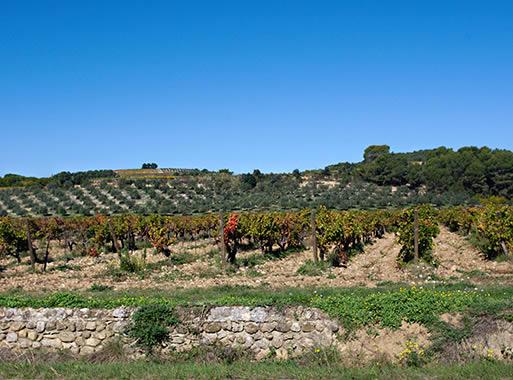
Visan is a village of the Vaucluse situated in the Enclave des Papes; it is one of the four Vaucluse towns that are actually located within the territory of the Drôme department, between the Comtat Venaissin and the Drôme Provençale.
It enjoys an ideal geographic position with a Mediterranean climate in the heart of an arena of beautiful hills, one just as colourful as the other. This magnificent landscape with its shimmering light stretches over 4000 hectares of lavender and wheat fields, olive and fruit orchards as well as a considerable production of truffles. In the distance, the Dentelles de Montmirail and Mont Ventoux intensify this natural tableau.
Visan is known for its AOC appellation - Côtes du Rhône Village - comprising 16 communes.
A wine offering quality and value for the money, it is becoming known amongst the general public, wine lovers and professionals.
The history of Visan is also rich, and ancient, going back to 70BC.
Come stroll its streets, wandering as your fancy may take you and discover the beauty and richness of a heritage fostered over the centuries.
The fortified walls protected the old town, which todays boasts an outstanding legacy from the Renaissance to the end of the 18th century.
Don't pass by this jewel of the Vaucluse set in the Drôme Provençale where the combination of colours and extraordinary surroundings enhance a generous land and promising future.
According to a 2011 census, 2020 people live in the commune of Visan situated at the southern end of the Enclave des Papes. The people of Visan enjoy a Mediterranean climate of hot and dry summers, with sometimes violent storms, and quite cold winters with snow and ice.
The wine-growers and farmers fear the famous frost in spring that can hurt their crops.
The landscape is composed of plains and many small hills with beautiful vistas. Visan offers a living environment to be enjoyed throughout the year.
This peaceful village is cherished by its population: private town mansions line its sinuous streets punctuated by washhouses, fountains, covered passages, all now restored and resplendent, making it a feast for the eyes and a delight for visitors.
The earliest human settlement of Visan dates back to 70 BC. Already, intense farming activity reigned in the commune, as evidenced by the sites of Gallo-Roman farms.
In the Middle Ages, Visan was the territory of a lord. The Delphinal château and the ramparts restored by the Dauphins were the symbol of a territorial limit.
The Rue des Nobles, bordered by private town mansions, symbolises and illustrates the life of the families of the nobility and bourgeoisie at the time. Their architecture still shines thanks to restoration work carried out with respect for traditions and technique.
Several buildings dating from the Renaissance to the 19th century bear witness to this rich past. The Place de la Fontaine, the doors of the houses', the façades with elegant windows, the covered passages and the city gates, the two entrances to the village that still remain along with the two fortified walls.
Visit the Saint Pierre Church with its 15th century door, a bell tower from the end of the 16th century and a beautiful collection of paintings and sculptures.
Don't skip the Notre Dame des Vignes Chapel, listed as a historic monument. Built in the heart of the vineyards, this rural chapel has the particularity of celebrating a mass in the open-air, beneath the foliage of the big trees looming above.
The Sainte Rose Chapel in the former hospice is decorated with paintings and murals from 1780 and the Saint Vincent Chapel is another rural chapel dedicated to the patron saint of wine-makers.
In the area around Visan
Richerenches: former Templar commandry famous for its truffle market
Grillon: a very pretty village to visit also situated in the Enclave des Papes
Séguret and Valréas: two magnificent villages to visit
Grignan: for its famous château
Suze la Rousse: its château and the Wine University
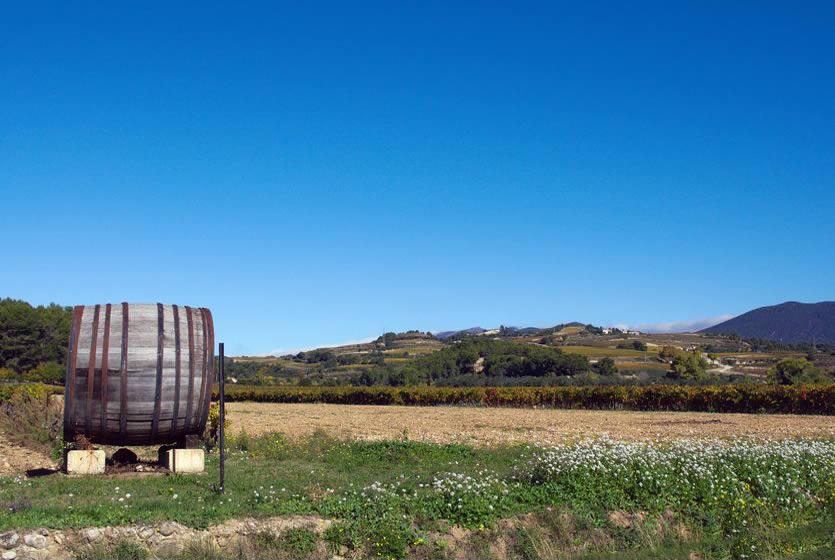
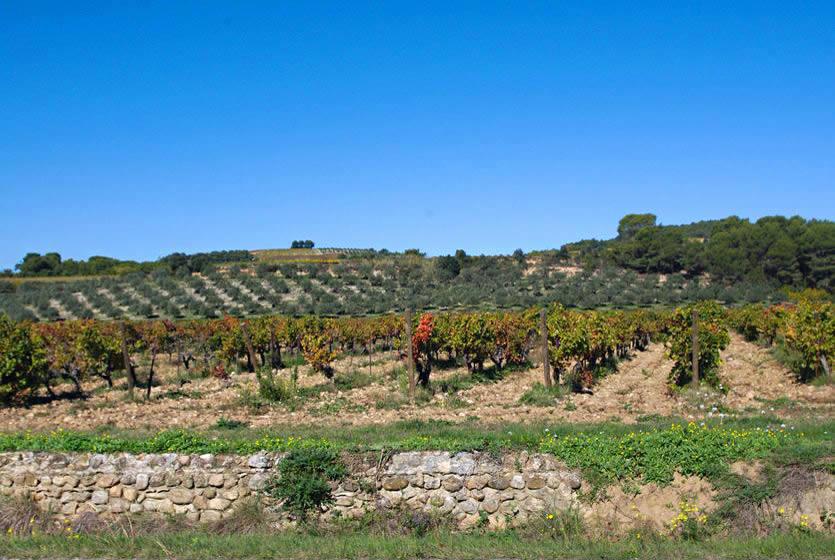
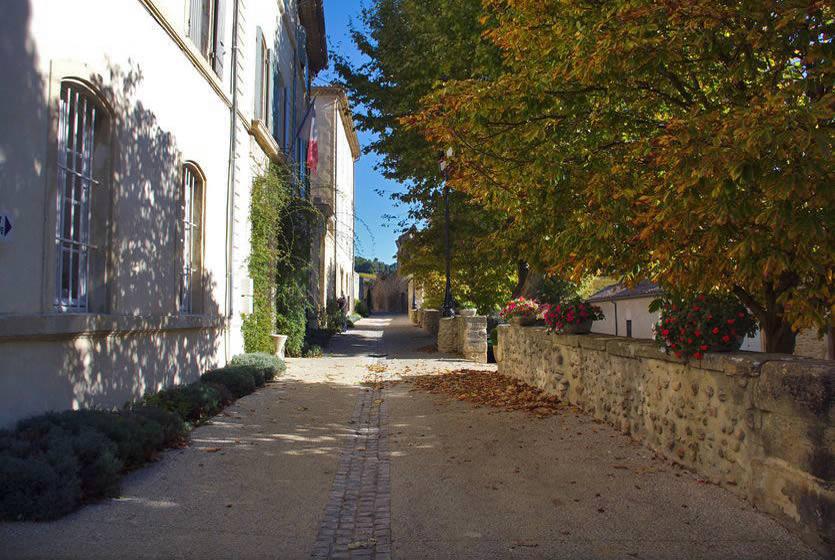
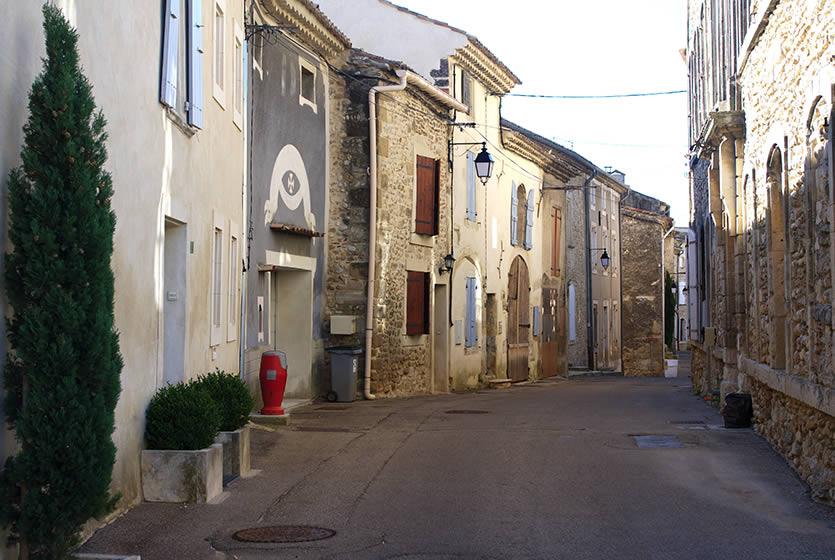
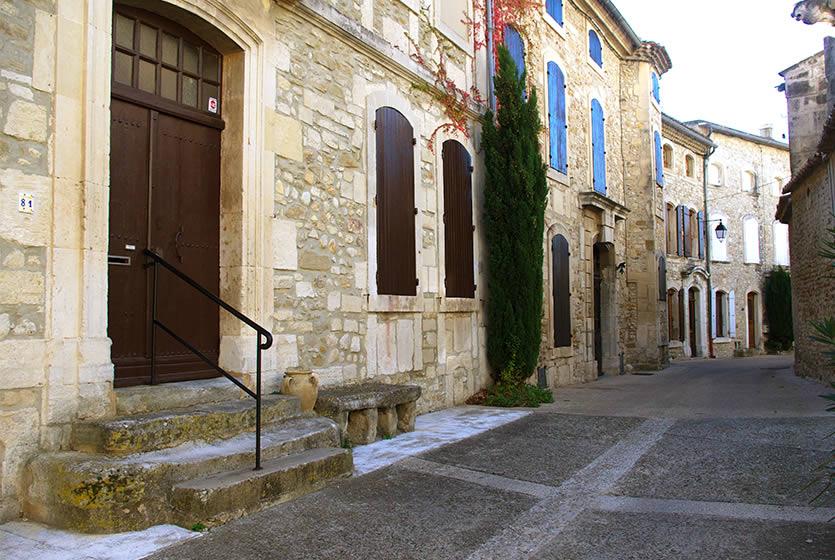
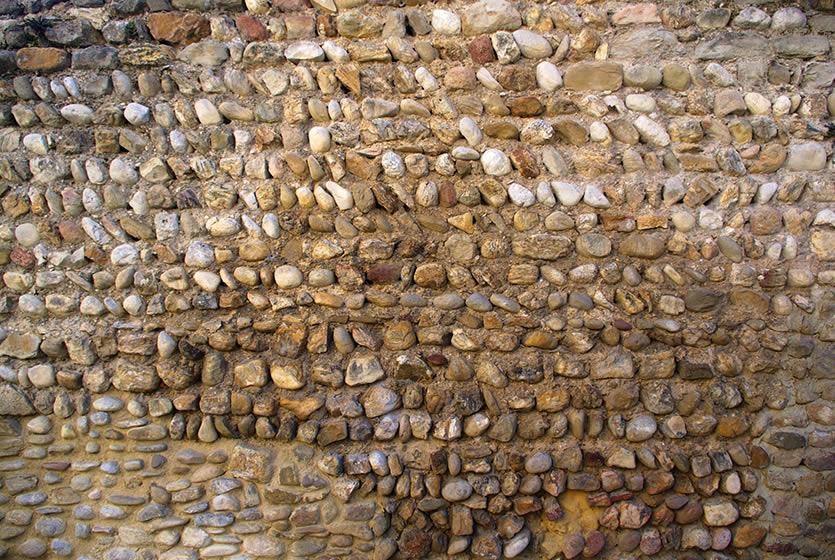
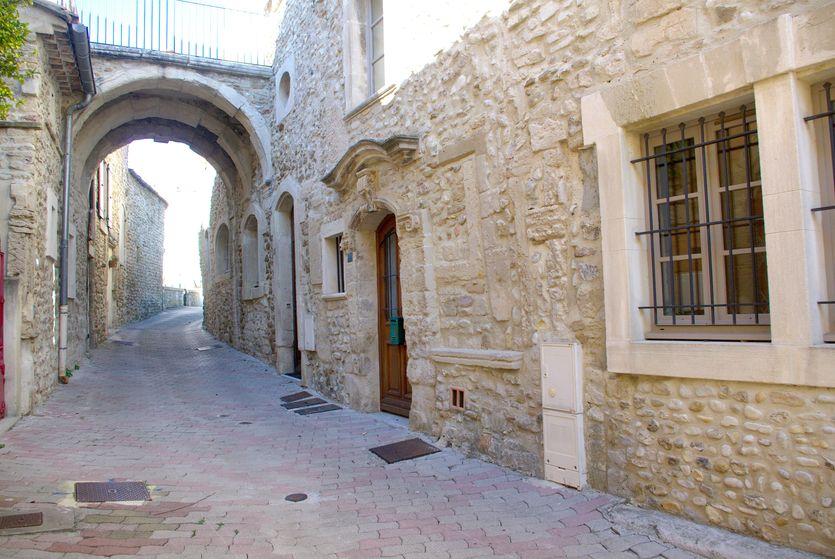
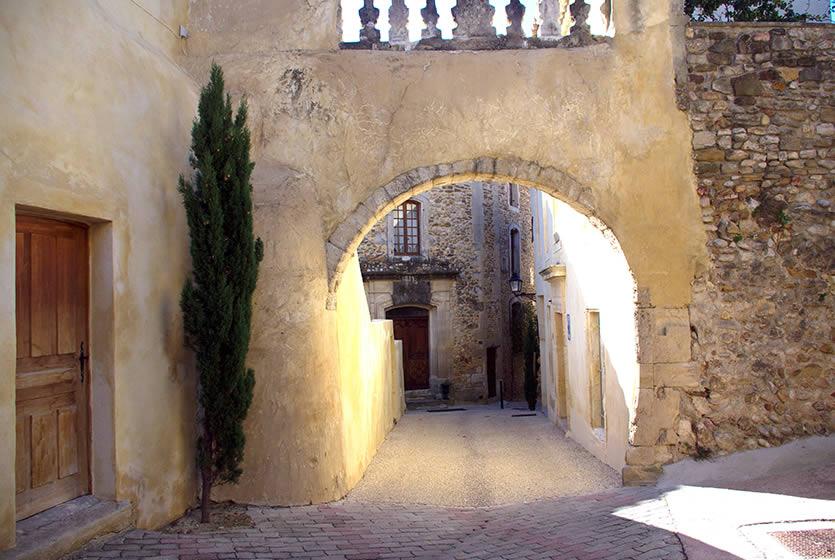
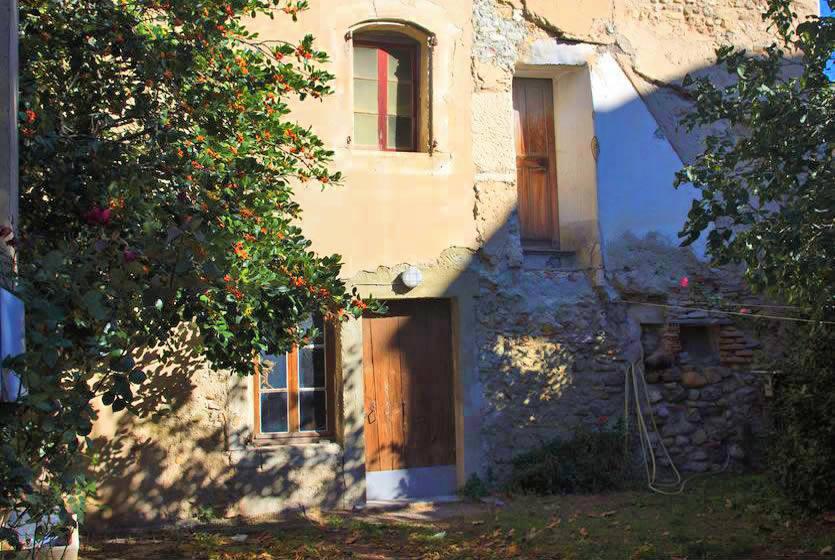
Art of living
Gastronomy, markets of Provence, regional products, Christmas traditions, celebrities of Provence....